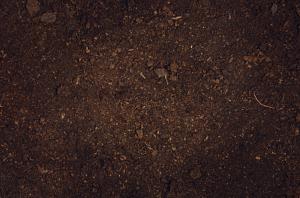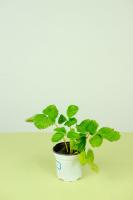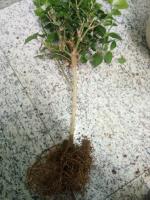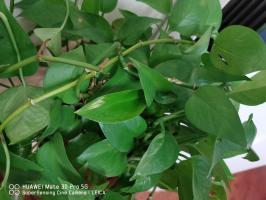Introduction:
Tomatoes are a staple in many home gardens, and gardeners are always looking for ways to improve the health and productivity of their plants. One popular method is to use Epsom salt. But when exactly should you put Epsom salt on your tomato plants? Let's find out!
What is Epsom Salt:
Epsom salt is a mineral compound consisting of magnesium, sulfur, and oxygen. It's named after the town of Epsom in England, where it was first discovered in the water of a mineral spring. Epsom salt is commonly known for its use in foot soaks and as a bath additive, but it can also provide beneficial nutrients to plants.
The Benefits of Epsom Salt:
Epsom salt is touted for its ability to provide two key nutrients that plants need: magnesium and sulfur. Magnesium is essential for chlorophyll production, which is necessary for photosynthesis. Sulfur is important for the growth and development of plants, as well as the formation of chlorophyll.
In addition to providing these essential nutrients, Epsom salt has been found to improve soil quality, increase fruit size and yield, and enhance the flavor of tomatoes. It can also help plants recover from transplant shock and prevent blossom end rot.
When to Apply Epsom Salt to Tomato Plants:
So, when should you put Epsom salt on your tomato plants? The best time to apply it is when your plants are actively growing and beginning to fruit. This is typically around four to six weeks after planting.
It's important to note that Epsom salt should not be used as a replacement for regular fertilizer. It's best to use it as a supplement to provide additional nutrients to your plants.
How to Apply Epsom Salt to Tomato Plants:
To apply Epsom salt to your tomato plants, first dissolve a quarter of a cup of Epsom salt in one gallon of water. Use this solution as a foliar spray, applying it directly to the leaves of your plants. Alternatively, you can mix a quarter cup of Epsom salt with one tablespoon of fish emulsion or other liquid fertilizer, and use this mixture to water your plants.
Be sure to apply Epsom salt evenly around the base of each plant, and avoid getting the solution on any part of the plant that's not above ground.
Conclusion:
In conclusion, Epsom salt can be a beneficial addition to your tomato plant care routine. It provides essential nutrients, improves soil quality, and enhances plant growth and yield. However, it's important to apply it at the right time and in the correct manner to achieve its maximum benefits. So, remember to add Epsom salt to your tomato plants when they're actively growing and beginning to fruit, and to use it as a supplement in addition to regular fertilizer.

 how many times do yo...
how many times do yo... how many planted tre...
how many planted tre... how many pine trees ...
how many pine trees ... how many pecan trees...
how many pecan trees... how many plants comp...
how many plants comp... how many plants can ...
how many plants can ... how many plants and ...
how many plants and ... how many pepper plan...
how many pepper plan...































